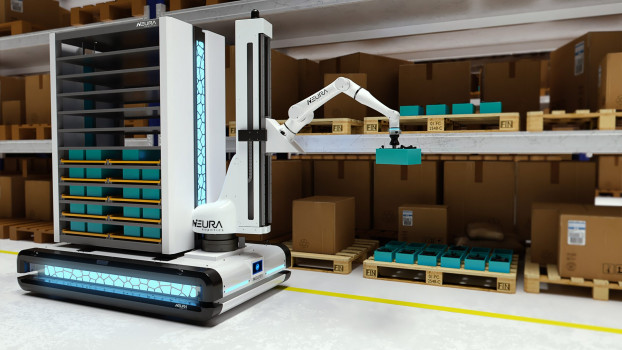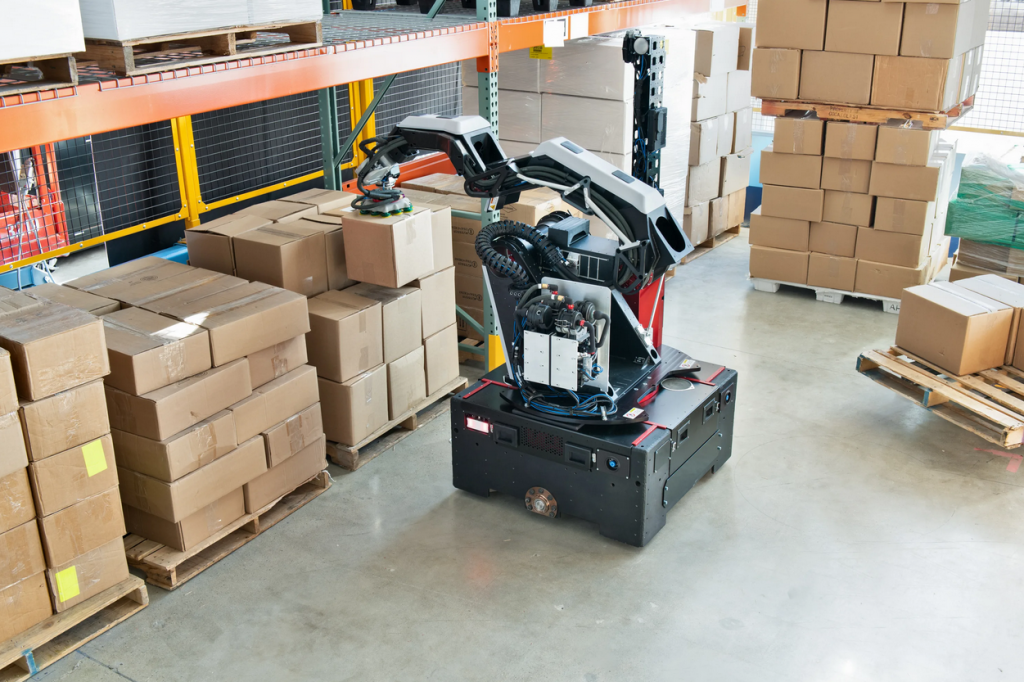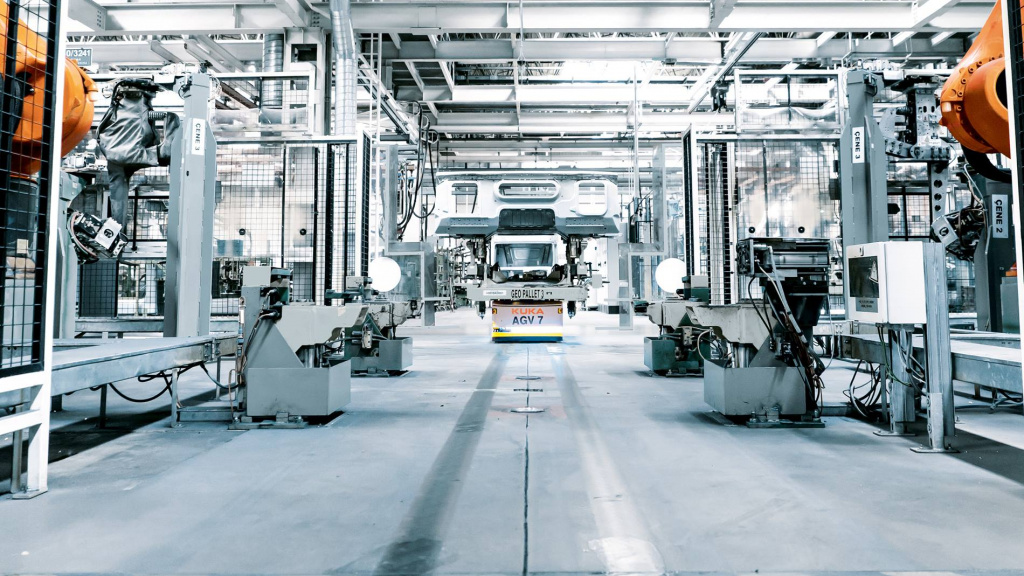Updated: 16.09.2024

Top 5 robotics trends for the current year 2022 and forecasts for the coming years
Share:
The pandemic has accelerated the digitalization and automation of industry. After two years of COVID-19, the adoption of robots is accelerating strongly, even in sectors that were not previously familiar with automation. The electric vehicle revolution is expected to accelerate this trend.
Here are the top 5 trends shaping the robotics industry for 2022, based on the findings of the International Federation of Robotics (IFR)
According to the organization, the current fleet of industrial robots has broken a new record — about 3 million units worldwide, increasing by an average of 13% every year (2015-2020).
At the same time, the demand for robotic systems is growing in many sectors, because companies are looking for new ways to increase their productivity in the post-pandemic world. Transformation for automation is gaining momentum in both traditional and new industries. More and more companies are realizing the numerous advantages that robotics gives to their business.
According to the Association for the Development of Automation (A3), orders for robots in the United States in the third quarter of 2021 increased by 35% compared to the same period in 2020.
It is expected that 5 key trends will determine the robotics industry in 2022 and beyond. Here they are:
At the same time, the demand for robotic systems is growing in many sectors, because companies are looking for new ways to increase their productivity in the post-pandemic world. Transformation for automation is gaining momentum in both traditional and new industries. More and more companies are realizing the numerous advantages that robotics gives to their business.
According to the Association for the Development of Automation (A3), orders for robots in the United States in the third quarter of 2021 increased by 35% compared to the same period in 2020.
It is expected that 5 key trends will determine the robotics industry in 2022 and beyond. Here they are:
1. Robots will be "adopted" by new sectors of the economy
 New markets that are not yet familiar with automation, such as retail, logistics and e-commerce, are currently introducing mobile robots. For example, today thousands of devices are moving in warehouses around the world, which was not the case five years ago.
New markets that are not yet familiar with automation, such as retail, logistics and e-commerce, are currently introducing mobile robots. For example, today thousands of devices are moving in warehouses around the world, which was not the case five years ago. As technology opens up new opportunities to meet customer needs, new trends will continue to emerge that will further drive demand in areas where robots have not traditionally been used.
Unsurprisingly, the recently released Boston Dynamics Stretch robot is specifically designed for warehouse and distribution operations. And it is also not surprising that by 2022 all units have already been sold out! This is a sign that there is a growing demand for automation solutions in this segment.
The use of automation systems may also increase this year to address labor shortages in some industries. Businesses that rely on service workers, such as restaurants, and who are unable to fill vacancies, can invest in robot waiters. For example, Pepper robots are used in the hospitality industry and work very efficiently. (Approx. ENEX - in Russia, not so long ago, Yandex launched delivery robots that actively deliver orders in Moscow).
2. Robots will become more accessible and easier to use
 A few years ago, the introduction of programmable robots meant investing a lot of money and time. But everything changes and life does not stand still. New generations of robots that are smaller and more affordable are being developed to simplify their implementation. ABB's SWIFTI™ robots and Universal Robots are good affordable solutions for small and medium-sized enterprises.
A few years ago, the introduction of programmable robots meant investing a lot of money and time. But everything changes and life does not stand still. New generations of robots that are smaller and more affordable are being developed to simplify their implementation. ABB's SWIFTI™ robots and Universal Robots are good affordable solutions for small and medium-sized enterprises. Manufacturers are also developing new types of robots either with simple setup and installation, or without programming at all. For IFR, there is also a clear trend towards user interfaces that allow for simple icon programming and manual robot control. KUKA, for example, is developing Ready_2, which can be trained, not programmed. The absence of the need for any special training in code or programming helps to eliminate many barriers that previously prevented companies from investing in robots.
3. Robots will continue to get smarter
Robots are no longer just an effective solution for performing tasks. They become an intelligent automation solution.
4. Robots will play a role in the electric car revolution
 The electric car revolution is about to bring huge changes to the automotive industry. While the production of internal combustion engine cars requires traditional linear production, the production of electric vehicles will require a transition to a more modular and flexible production process to meet customer requirements and expectations, and robots can help manufacturers cope with these new challenges.:
The electric car revolution is about to bring huge changes to the automotive industry. While the production of internal combustion engine cars requires traditional linear production, the production of electric vehicles will require a transition to a more modular and flexible production process to meet customer requirements and expectations, and robots can help manufacturers cope with these new challenges.: EV is not only a change in the transmission, but also a larger—scale transformation into a digital car. This transition will also lead to the growing use of robots in combination with other technologies, including AMR. This will allow manufacturers to optimize the delivery of components between enterprises and provide integrated scalable modular production cells — methods traditionally associated with e-commerce and consumer goods, but now necessary in the automotive industry to provide the necessary flexibility to meet different levels of demand.
Lightweight mobile robot manipulators mounted on AGV and equipped with navigation technology, such as developed by NEURA, will be useful, for example, for transporting car parts from the conveyor to other assembly sites at the factory.
5. Training of specialists will be increasingly necessary
Several manufacturers, such as ABB, FANUC and KUKA, have already organized and developed courses that annually gather from 10,000 to 30,000 participants from 30 countries.
LEAVE A COMMENT
Share:
